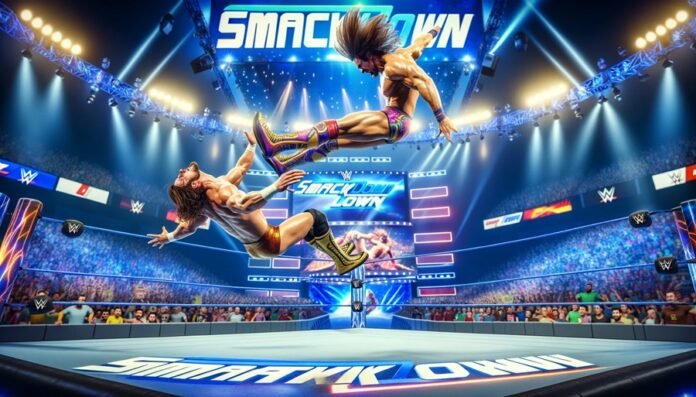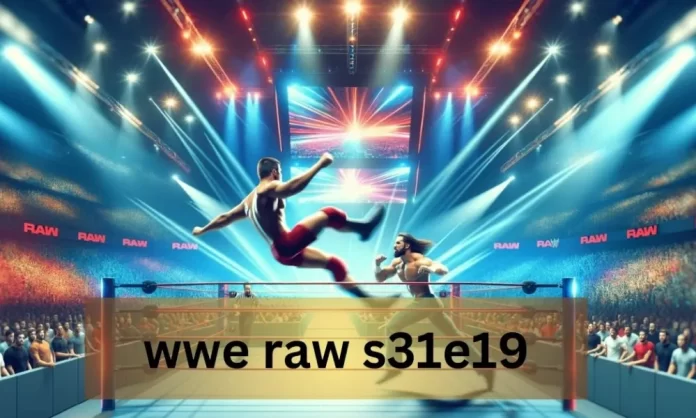If you’re new to the world of hockey, you may be wondering, “how long is a hockey game?” or “how much time do I need to set aside to watch a hockey game?” The solution may not be as clear-cut as you anticipate. In this article, we’ll break down the various timings and Elements That Influence the Duration of a Hockey Game, so you can better plan your viewing experience. Whether you’re planning to attend a game in person or cozy up at home for a broadcast, understanding the timing structure will enhance your enjoyment of the sport.
The Basics of Hockey Game Durations
Before we dive into the specific timings, let’s go over the basics of a hockey game. A standard hockey game consists of three periods, with a 15-minute intermission between each period. During the intermission, the players will take a break, and the ice will be resurfaced. This intermission time is not included in the game time, as the clock is paused during this period. Each of the three periods is usually 20 minutes long, and the intermission is an essential part of the game, offering a chance for strategy discussions and rest.
Game Time
The game time, also known as “actual playing time”, refers to the amount of time the clock is running while the players are actively playing on the ice. This includes time spent during stoppages, such as when the puck goes out of play or when there is a stoppage in play due to a penalty. Game time is also known as “running time” or “clock time”. It is important to note that the game clock counts down from 20 minutes for each period, and the time is closely managed by the official timekeepers.
Real Time
Real time, also known as “elapsed time”, refers to the total time that has passed from the beginning of the game to the end, including all stoppages and intermissions. This is the time that fans will experience when watching a game in person or on television. It is the actual time you will spend engaging with the game, from the opening faceoff to the final buzzer, and it often includes pre-game ceremonies, timeouts, and any additional entertainment provided during the game breaks.
Actual Game Length
The actual game length refers to the length of time that the players are actively playing on the ice, excluding intermissions. This is the time that is typically shown on the game clock during a broadcast. While this time is standardized to 60 minutes of playing time, the flow of the game and various stoppages can make the perceived length of the game feel quite different, as the intensity and pace of play can ebb and flow throughout the periods.
Factors That Contribute to the Length of a Hockey Game
Now that we have a better understanding of the different timings, let’s explore the various factors that can affect the length of a hockey game.
Gameplay
The duration of a hockey game can vary depending on how the game is played. If there are a lot of stoppages, such as penalties or icing calls, the game can take longer to complete. On the other hand, if there is a lot of continuous gameplay, the game can finish more quickly. Additionally, the style of play can influence the number of stoppages; for example, a defensive matchup may result in fewer goals and potentially fewer stoppages than a high-scoring offensive battle.
Number of Goals Scored
The number of goals scored in a game can also affect the length of the game. If there is a high-scoring game with many goals, it can take longer to play as the clock will stop for each goal celebration. Furthermore, each goal is usually followed by a brief review to ensure it is valid, and the time taken for players to reset at center ice for the ensuing faceoff also adds to the overall length of the game.
Overtime and Shootouts
In the event that a game is tied at the end of the third period, there will be overtime and, if necessary, a shootout. Overtime periods are 20 minutes long, and the game will end as soon as a team scores. Shootouts consist of three players from each team taking penalty shots, and if the game is still tied, it will continue until one team scores and the other does not. It’s worth noting that during the regular season, the overtime is typically a 5-minute sudden death period, followed by a shootout if the game remains tied.
Television Timeouts
Television timeouts are breaks in play that are specifically designated for television commercials. These timeouts typically occur at predetermined points in the game, such as during a stoppage in play after a goal or at the halfway point of each period. These timeouts can add a few minutes to the length of a game, especially if there are multiple commercial breaks. They are carefully orchestrated to not disrupt the flow of the game while also providing revenue opportunities for broadcasters.
Review and Challenges
In hockey, coaches have the ability to challenge certain calls made by the referees, and the referees can also choose to review certain plays, such as goals and potential penalties. These reviews can take a few minutes and can add to the overall length of a game. The challenge and review system is in place to ensure fair play, but it can lead to significant delays if multiple reviews occur in a single game.
Injuries
Unfortunately, injuries can occur during a hockey game, and if a player is injured, the game will be stopped while they receive medical attention. Depending on the severity of the injury, this can add a significant amount of time to the game. The safety of the players is paramount, and therefore, the game is halted until it is safe to continue, whether that involves the injured player being helped off the ice or a more serious situation that requires extended attention.
Average Length of a Hockey Game
Now that we understand the various factors that can affect the length of a hockey game, let’s look at the average length of a game. On average, a hockey game will last around 2 hours and 20 minutes in real time, including intermissions and stoppages. However, the actual game time is typically around 1 hour and 50 minutes. This can vary depending on the factors mentioned above, but it gives a general idea of how long you can expect a hockey game to last. It’s also worth considering that playoff games, which often have more at stake, can sometimes last longer due to the increased intensity and potential for multiple overtime periods.
Ways to Shorten a Hockey Game
If you’re short on time and don’t want to commit to a full hockey game, there are a few ways you can shorten the viewing experience.
Watch Highlights and Recaps
One option is to watch highlights and recaps of the game instead of watching the full game. This will allow you to catch the most exciting moments of the game without having to commit to the full length. Highlights are typically available on sports networks, social media, or the official websites and apps of the teams and leagues involved.
Tune in During the Third Period
If you don’t want to watch the entire game, consider tuning in during the third period. This is often when the game is most intense and exciting, as teams are fighting to secure a win. The third period is when the outcome is often decided, and the tension and stakes are at their highest, providing a thrilling experience even if you’ve missed the first two periods.
Watch a Condensed Game
Many broadcasters offer condensed versions of games, where they have edited out the non-essential parts of the game, such as intermissions and stoppages. This can significantly shorten the viewing time while still allowing you to see all the action. These condensed games are perfect for fans who want to experience the game but have limited time available.
Conclusion
So, how long is a hockey game? The answer varies depending on various factors, but on average, a hockey game will last around 2 hours and 20 minutes in real time. The actual game time is typically around 1 hour and 50 minutes. However, this can vary based on gameplay, the number of goals scored, and other factors. If you don’t have time to watch the full game, consider watching highlights or tuning in during the third period for the most exciting moments. With this information, you can now plan your viewing experience accordingly and enjoy the thrill of a hockey game!
For more information, visit Apzo Media







